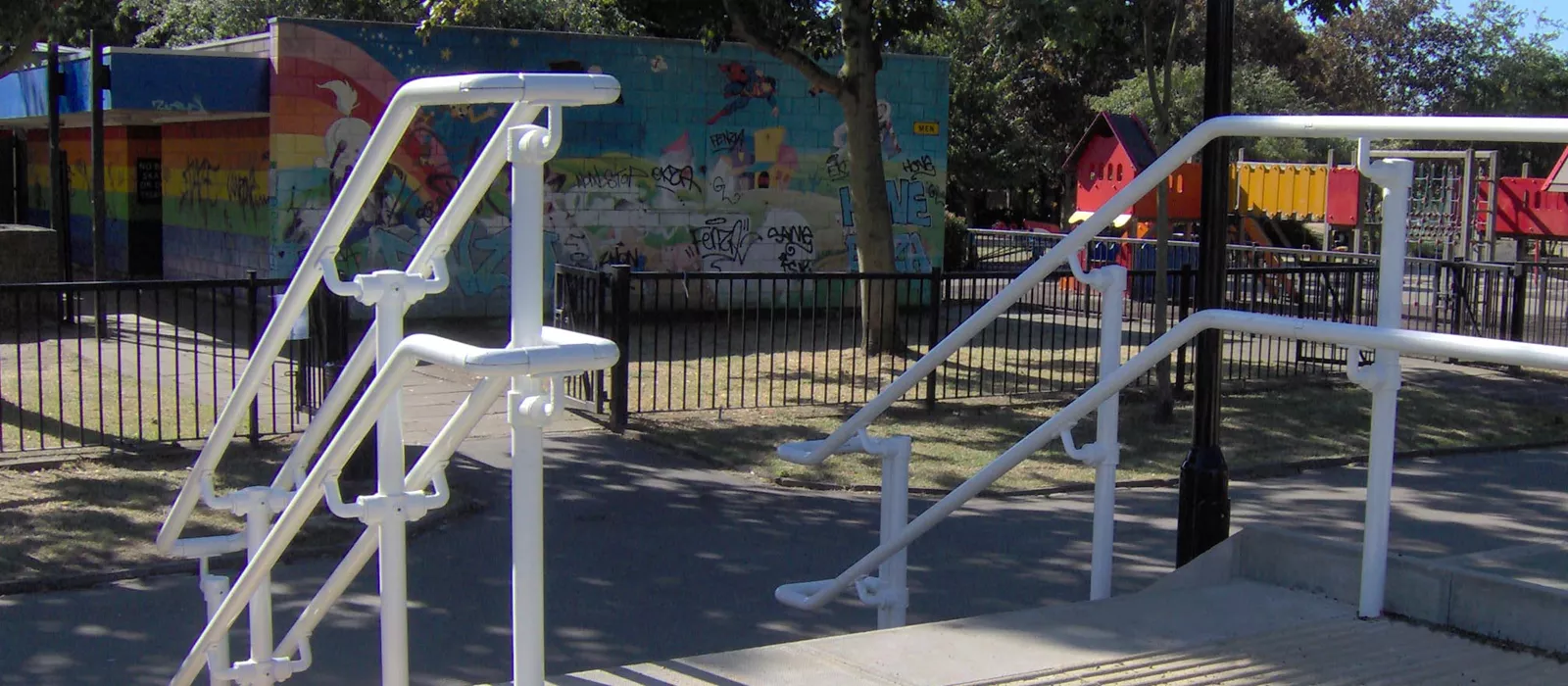

Disabled people continue to be affected by the lack of access into public sector buildings. With a recent improvement on the regulations, Ian Page, Product Manager at Kee Safety explores how it will ensure premises are upgraded.
There are an estimated 11 million disabled people in Great Britain, making up around 18% of the overall population.With such a significant number of people requiring assistant access to buildings, it is hugely important that the facility is available.
Laws tackling the discrimination and inequality against disabled people in the UK have existed for a number of years. These regulations state that “reasonable steps” need to be taken to ensure disabled people are not at a disadvantage when accessing public buildings. However, it seems that building owners are still not upgrading or refurbishing their properties to meet the required standards.
In an attempt to enforce this issue, the Disability Discrimination Act (DDA) was superseded by the Equality Act 2010, to simplify the law, remove inconsistencies and make it easier to understand and comply with. This new Act supports the existing Building Regulations.
What is reasonable will depend on all circumstances, including the cost of an adjustment, the potential benefit it might bring to visitors, the resources an organisation has, and how practical the changes are.
The Equality Act requires that property owners must think ahead and take steps to address barriers that impede disabled people. Previously, adjustments to premises had to be made only where it would otherwise be ‘impossible or unreasonably difficult’ for a disabled person to access the property. Now, under the Equality Act, adjustments must be made where disabled people experience a ‘substantial disadvantage’. Under the DDA, it was possible for a building owner to legally justify failing to provide a reasonable adjustment in certain circumstances. Now, the only question is whether the adjustment is a reasonable one to make.
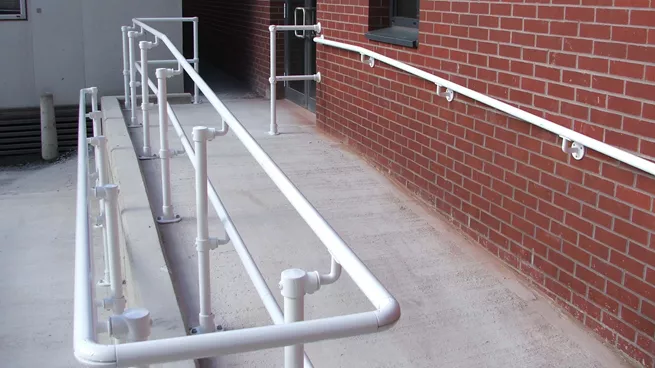
The Equality Act requires that property owners must think ahead and take steps to address barriers that impede disabled people.
A common solution can involve taking out physical structures like steps and replacing them with ramps, or simply providing handrails to aid wheelchair or other disabled users. In these cases, the precise obligates set out in Building Regulation Approved Document M specify that handrail heights on all building stairways and ramps do not discriminate against any disability group.
On access ramp gradients, varying from two through to five degrees, handrails need to be positioned on both sides, or centrally for a wide path, to allow a choice of which arm to use for support. They should be installed on both sides of the ramps that are longer than two meters and should, where possible, extend 300mm beyond the top and bottom of the ramp or staircase. The Building Regulations stipulate an outside diameter tube size for such installations of between 400mm-450mm, and must be offset in the case of a mid-height handrail.
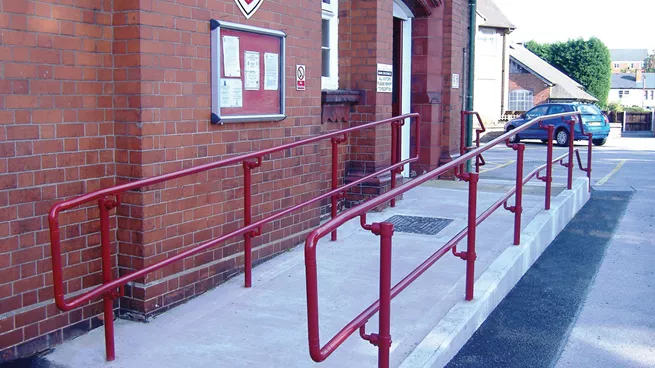
A common solution can involve taking out physical structures like steps and replacing them with ramps, or simply providing handrails to aid wheelchair or other disabled users.
Architects and specifiers must satisfy these regulatory requirements, yet also be able to meet customer demands on building aesthetics and cost effective options. This is really important on retrofit projects, where the time and cost involved in removing handrails and replacing with a new structure can seem incredibly expensive.
One option is to adapt the existing handrails to meet the requirements of Part M and the Equality Act. Our Kee Klamp Access fittings are ideal for heavy traffic environments and allow both speedy and seamless retrofitting as well as hassle-free and simple installation in a new build. The range is designed to be compatible with the Equality Act recommendations, with a size 7 tube (outside diameter 42.4mm) smooth handrail. As part of our Safety Components range, Kee Klamp Access incorporates a total of nineteen special fittings and is supplied with versatility, ease and speed of installation in mind. These fittings are ideal as a retrofit solution, because the range includes “Add-on” offset fittings to allow a new handrail to be added onto an existing structure of appropriate size.
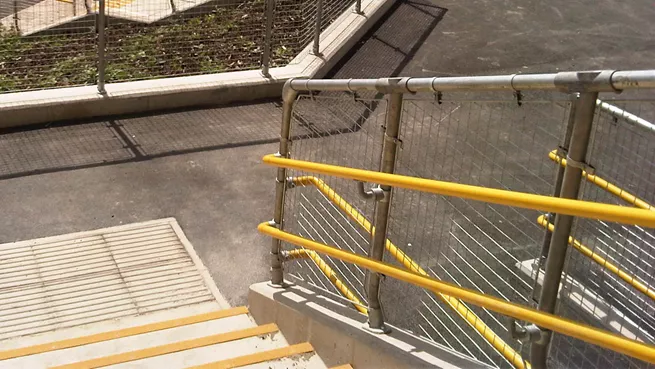
Kee Klamp Access fittings are ideal as a retrofit solution, because the range includes “Add-on” offset fittings to allow a new handrail to be added onto an existing structure of appropriate size.
There are also other fittings which provide versatility depending on the installation. These ensure that handrails can be assembled at any required angle, or to offer a midpoint connection to dual handrails, when required. One piece 90˚ corner elbow and an adjustable elbow fitting, meanwhile, ensure that any new handrailing structure created can cope easily with different angles and changes in direction. When and where required, these fittings can be easily augmented with components from the established Kee Klamp range. To satisfy the Equality Act’s specific visibility and “not cold-to-the-touch” criteria, these galvanised fittings are available with the additional option of powder coating in all RAL colours.
Given the requirements of the Equality Act and Building Regulations, the public sector should aim to have a handrail system installed from which children, the elderly, the disabled and even able-bodied adults can benefit. ‘Safety is Kee’ and thanks to innovations like Kee Klamp Access, they can meet this challenge in a very cost-effective way.
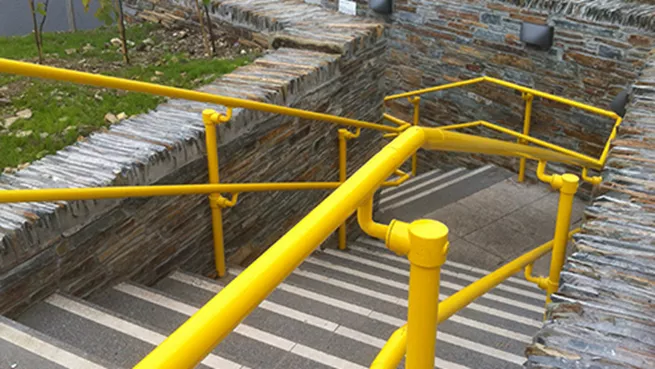
Given the requirements of the Equality Act and Building Regulations, the public sector should aim to have a handrail system installed from which children, the elderly, the disabled and even able-bodied adults can benefit.